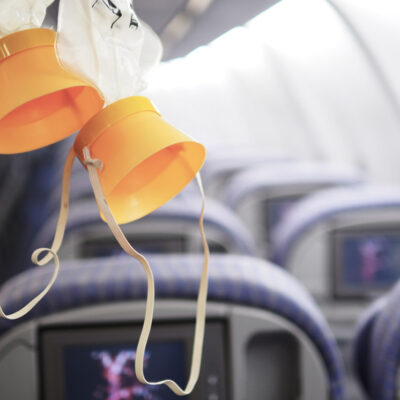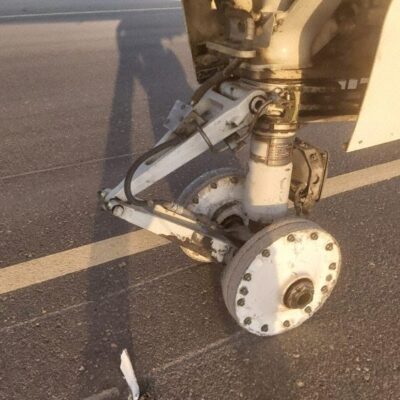تخطی از ارتفاع مجاز شده یا Level bust

What is a level bust incident?
The level bust incident, also known as altitude deviation, is an air traffic control term used to describe a situation where an aircraft momentarily or inadvertently deviates from its assigned altitude without ATC clearance or authorization. This deviation could result in a potential conflict with other aircraft in the vicinity, or with terrain or obstacles. The altitude deviation may occur due to several reasons such as pilot error, flight instrument malfunction, communication error, or air traffic control error. Altitude deviations can range from minor to severe and can result in loss of separation and possible mid-air collision if not quickly resolved by ATC. Such incidents are investigated by regulatory authorities to identify the cause and take measures to prevent future occurrences.
An example situation:
for example, an aircraft is assigned by ATC to maintain flight level 320. However, due to misinterpretation of the altitude instruction and lack of situational awareness, the pilot inadvertently climbs to flight level 340 without ATC clearance. This results in loss of vertical separation with another aircraft flying at flight level 330 in the same airway. When ATC notices the deviation, they immediately issue corrective action to avoid any potential conflict.
The level bust incident, in this case, is that the aircraft temporarily or unintentionally deviated from its assigned altitude without ATC clearance or authorization, resulting in a loss of separation with other aircraft in the vicinity, which could potentially lead to a mid-air collision.
A real-world example of a level bust incident:
One notable level bust incident happened on January 7, 2020, involving two Ryanair flights in the same airspace over Spain.
The incident happened when Ryanair flight FR1902 from Krakow to Madrid and Ryanair flight FR8347 from Tenerife to Santiago were both flying at flight level 210, a cruising altitude designated by air traffic control (ATC), but FR1902 was instructed to climb to flight level 220 to avoid turbulence, which they acknowledged. However, the pilot on board FR1902 mistakenly thought the instruction was to climb to flight level 260 and initiated the climb without ATC clearance.
As a result, both aircraft ended up flying at the same altitude, 21,000 feet, with only about two miles of horizontal distance between them. The traffic collision avoidance system (TCAS) on both aircraft warned the pilots about the potential conflict and both pilots took corrective actions by following instructions from ATC.
Following the incident, the Spanish aviation authority and Ryanair launched an investigation into what happened. The investigation found that an error in communication between ATC and the pilot of FR1902 was the cause of the incident. Both pilots were deemed properly trained and experienced and followed the necessary procedures to avoid a mid-air collision. Despite the potential danger, no passengers or crew were injured in the incident.
ِDeviation: انحراف ، تخطی
Momentarily: به صورت لحظه ای
Inadvertently: سهوی، غیر عمدی ، تصادفی
Malfunction: نقص عملکرد، درست کار نکردن ماشین یا وسیله
Resolve: حل کردن و رفع کردن
Misinterpretation: سو تفسیر، برداشت اشتباه
Corrective action: اقدام اصلاحی
Unintentionally: غیر عمدی و تصادفی
Designate: اختصاص دادن و مشخص کردن
Mistakenly: به طور اشتباه
Deemed: باور بر این است
درباره دکتر ایوب رضایی
کنترلر ترافیک هوایی مرکز کنترل فضای کشور مدرس و ارزیاب زبان انگلیسی هوانوردی سازمان هواپیمایی کشوری
نوشته های بیشتر از دکتر ایوب رضایی







دیدگاهتان را بنویسید
برای نوشتن دیدگاه باید وارد بشوید.